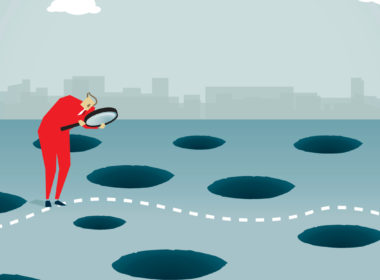Snapshot
- Despite an initial set back in the Federal Court in August this year, the Federal Government has now re-approved Australia’s largest coal mine.
- The Government appears committed to combatting what it sees as a rise in environmental ‘lawfare’ and to limiting the ability of groups or individuals to mount challenges in the future.
- To this end, the Environment Protection and Biodiversity Conservation Amendment (Standing) Bill proposes to repeal the ‘aggrieved person’ provision in s 457 of the EPBC Act.
- The need for the repeal of s 487 should be examined with scepticism.
- The repeal would mark an unneccessary and worrying encroachment by the Executive on the essential function of judicial review in a modern Australian democracy.
On 4 August 2015, the Federal Court of Australia made orders setting aside the decision of the Environment Minister, Greg Hunt, to approve Adani’s Carmichael coal mine under the Environment Protection and Biodiversity Conservation Act 1999 (Cth) (‘the EPBC Act’).
The Minister agreed to such orders because he acknowledged that, despite having departmental advice regarding the potential impacts of the mine on vulnerable species, the yakka skink and the ornamental snake, that advice was not properly taken into account when approval was given.
On 16 October 2015, the Minister granted approval of the project after considering additional information from Adani and environmental groups. Pursuant to that approval, the mine could become one of the largest in the world, producing up to 2.3 million tonnes of coal over 60 years. At the time of publication, it is not yet clear whether this second approval will be challenged by the Mackay Conservation Group that launched the earlier Federal Court challenge.
The fact that the Government has now prevailed with approval of the mine appears not to have altered its proposals to amend the EPBC Act in the wake of the earlier Federal Court order. Shortly after the reporting on the outcome of the proceedings in the Federal Court, on 18 August 2015 the then Prime Minister Tony Abbott disclosed in question time that ‘[the] government will repeal section 487(2) of the EPBC Act, which gives activists the standing to sabotage decisions’. The following day, the Environment Protection and Biodiversity Conservation Amendment (Standing) Bill 2015 (‘the Amendment Bill’) was introduced to the House of Representatives. The Amendment Bill’s sole provision would repeal section 487 of the EPBC Act.
In introducing the Amendment Bill, the Environment Minister said the Bill was a response to ‘a major threat to the administration of the EPBC Act’ in the ‘use of litigation to “disrupt and delay key projects and infrastructure” within Australia’. The Minister called this ‘an unprecedented new development in Australia, drawing the worst features of the American litigation industry into Australia’. However, the Minister also noted that the change to the EPBC Act would ‘not prevent those who may be affected from seeking judicial review’.
On 20 August 2015, the Senate referred the Amendment Bill to the Environment and Communications Committee. The report of that Committee is due in February 2016.




